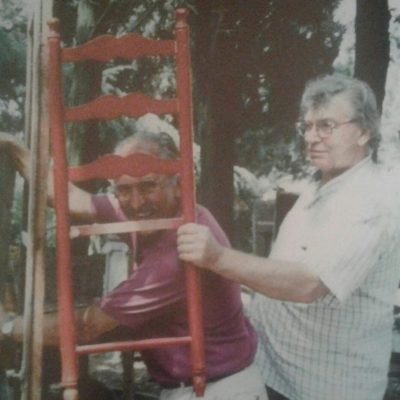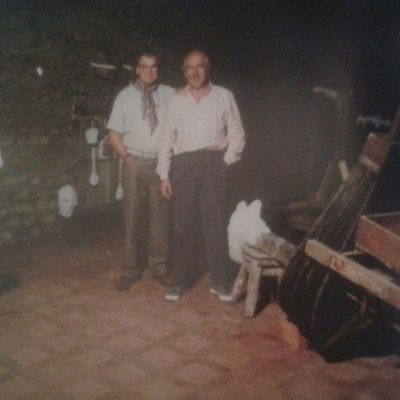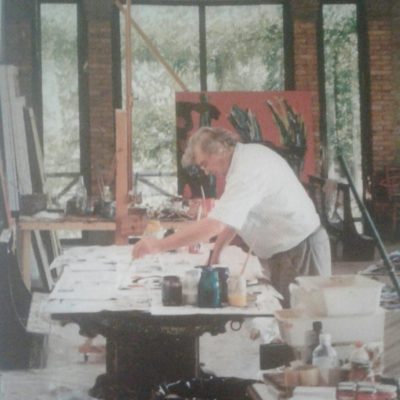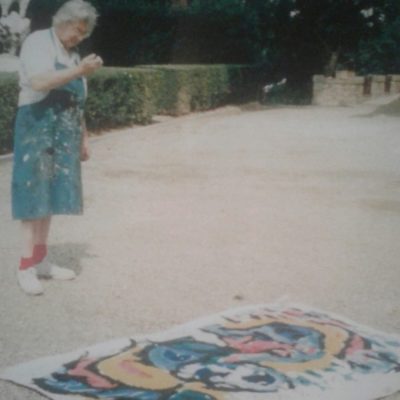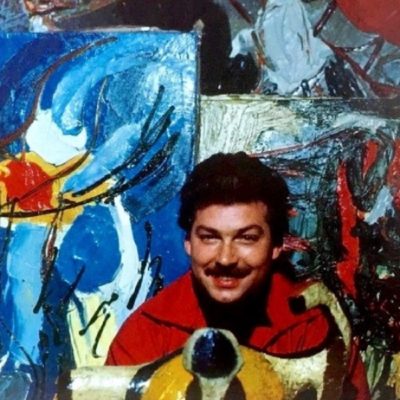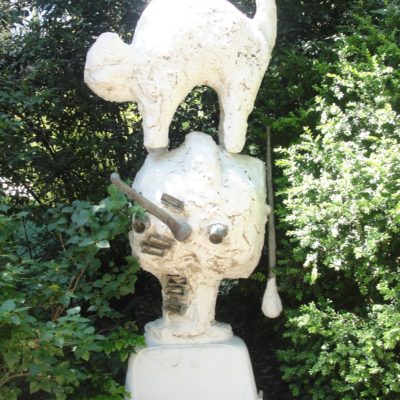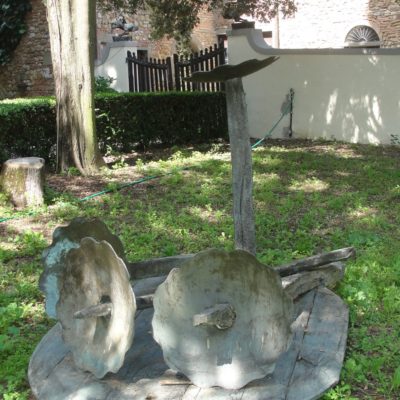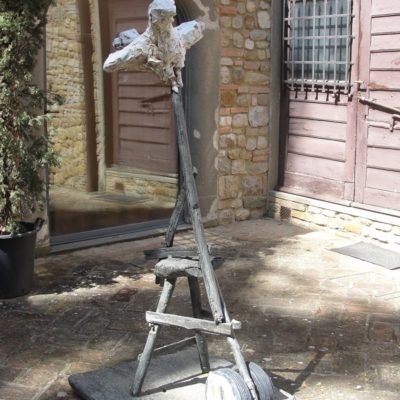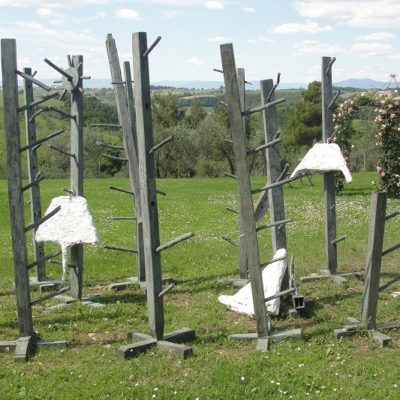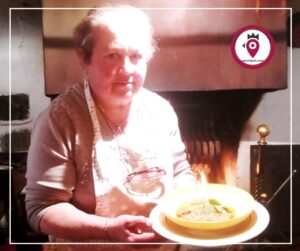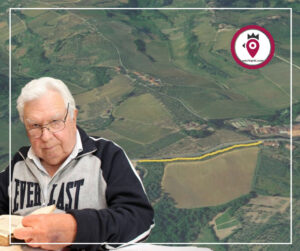Articolo disponibile anche in: Italian
There are territories which are capable, thanks to their beauty, of capturing and fascinating the artists who happen to visit them from distant countries.
The Chianti is certainly one of them, with its hills covered with vineyards and olive groves, where a few cypress trees dot the landscape.
Right here, and more precisely in the town of Mercatale, the internationally renowned Dutch artist Karel Appel (1921-2006) decided to set up his Tuscan atelier, buying Villa Licia in 1989.
The villa, used by the artist as a place of study and retreat, hosted him until 1999. Located atop a verdant hill, it’s a perfect view point from which to admire the vast landscape of olive trees, cypresses, vineyards and an ancient church in the distance.
The former convent of Santa Lucia was part of his estate. Today only a chapel remains, which Appel used as a space to dry his canvases, which depict colourful landscapes, human and animal figures.
In addition to painting, the artist used sculpture as a means of expression. In his artistic work, he was inspired by the discovery of everyday objects, such as materials used for viticulture, that he would easily find in the nearby field, owned by the winemaker Giulio Baruffaldi.
When Appel bought Villa Licia, Baruffaldi had already completed the restoration of the Fattoria La Loggia, his wine estate in Montefiridorfi that dates back to the fifteenth century, which he had transformed into an agriturismo and a contemporary art centre.
There he lived with his family and, as a passionate collector of contemporary art, he gathered sculptures and other works of some of the greatest contemporary artists (Arman, Stahler, Barni among others), some of whom he knew personally and invited to stay on the estate.
Therefore, straight after the new artist took residence in the villa a few kilometres away from the farm, Baruffaldi invited him to his art centre. He already knew Appel because of his contribution to the CoBrA avant-garde movement.
They became good friends. Appel shared Baruffaldi’s ideas and was willing to create new works of art with him.
While rummaging in the estate’s old sheds, where he found wooden barrels, sticks for hanging the grapes, cart wheels and other objects, the artist gave shape to bronze sculptures capable of completely merging with the atmosphere of the farm.
The white of the painted bronze, similar to plaster, which stands out on the green hedges and lawn, is the distinctive trait of the artist’s creations, some of which can still be seen today in the Art Centre La Loggia, despite the death of Giulio Baruffaldi two years ago.
In a corner near the house there’s a white bird on a trestle, about to take flight and four flowers made up of the blades of an old plow are growing under the shadow of a large tree.
Nearby, a cat silhouette with a curved back and a raised tail emerges from the grass. And on the top of a hill, from which you can admire the beautiful landscape, stands the “burnt forest”, populated by white hanging wings and a head with button-like eyes.
Cosimo Ballini
